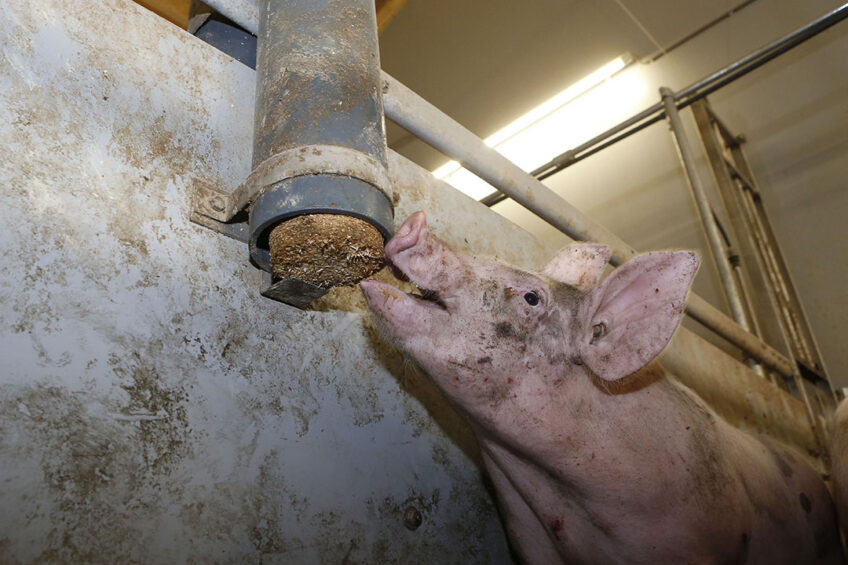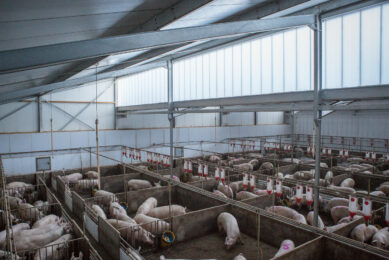(No) Time for welfare?

Many may argue that improving pig welfare takes too much time, writes welfare expert Dr Irene Camerlink. As a scientist, she used to disagree with this. As a pig keeper, she now agrees: all these extra ways to improve pig welfare do take time – lots of time, even, when the aim is to do it right. But she still considers it worth it. She looks at some examples to explain why.
Pig welfare can be greatly improved by providing species-appropriate enrichment material. A metal chain is clearly not an appropriate material for enrichment, even if pigs do bite on it. However, it is durable and takes no time. Hang it once and it can stay there for years. Enrichment that is appropriate to pigs should, however, be chewable and preferably destructible. Straw is the material most preferred by pigs, but manually giving straw adds substantially to the work load.
Automatic straw dispensers
Automatic straw dispensers might be a solution here. When taking into account affordability as well, it is possible to consider cardboard or empty paper feed bags. Pigs will be intensely occupied and shred these to pieces in minutes. Although it does take a little effort (if all plastic etc. is removed), it lasts only a very short time.
Jute or sisal ropes
Thick jute or sisal ropes are an intermediate option. Pigs can chew on these for days, but the ropes still need to be replaced almost weekly, depending on the age of the pigs. Even preparing and replacing enrichment weekly is time consuming, and this effort remains underestimated in research.
Aim to reduce negative interventions and interactions to a minimum and explore less harmful alternatives; always interact with the pigs in a calm manner
Daily health check
A daily health check usually takes only a few seconds per pig. This basically gives an impression about whether there is something seriously wrong or not. Subtler symptoms, or signs of discomfort before a symptom really shows, are easily missed. When providing new enrichment materials, the animals are seen for longer. This may result in an earlier alert for lameness, tail biting or respiratory disease, which can then be controlled before it gets worse.
Moreover, some time-consuming tasks can contribute to a range of factors that can improve productivity. For example, briefly letting sows out of the farrowing pen near the end of the farrowing phase can increase their welfare, but also contributes to leg health and the possibility of introducing them earlier to the boar.
Time and financial investment
Unfortunately, most animal welfare improvements do take time, or financial investment, or both. It is a challenge, and encouragement is needed to be creative, to find ways to minimise costs and time. For example, consider investments that have multifunctional use such as water sprinklers, which cool pigs down but can also serve as enrichment.
Healthy, calm, fearless and explorative piglets
Overall, when choosing where to invest time, it is best to focus on the activities and life stages that have a profound impact on pigs’ behaviour and health. Aim to reduce negative interventions and interactions to a minimum and explore less harmful alternatives; always interact with the pigs in a calm manner.
Invest in healthy, calm, fearless and explorative piglets. They are the basis for a strong herd that requires little time on interventions, which frees up time for other tasks.











